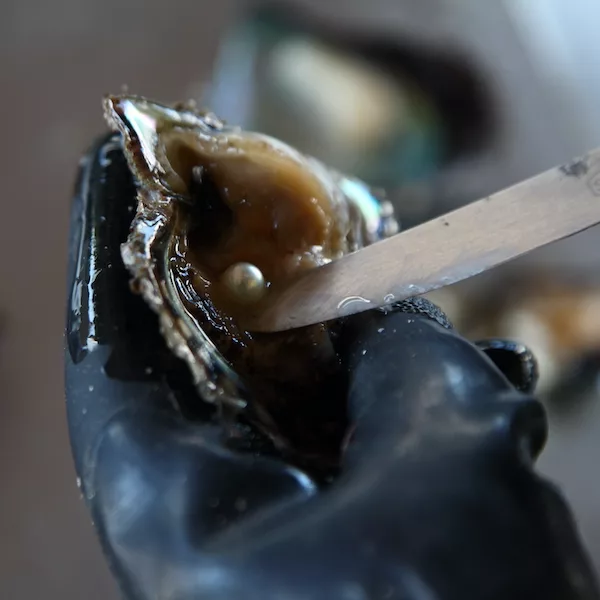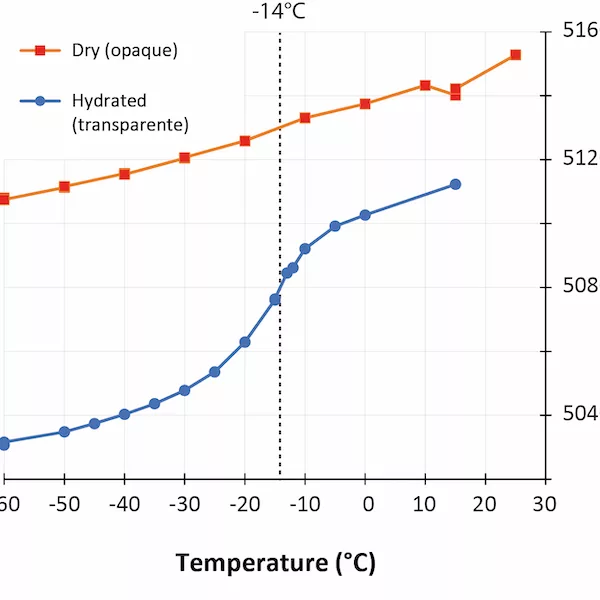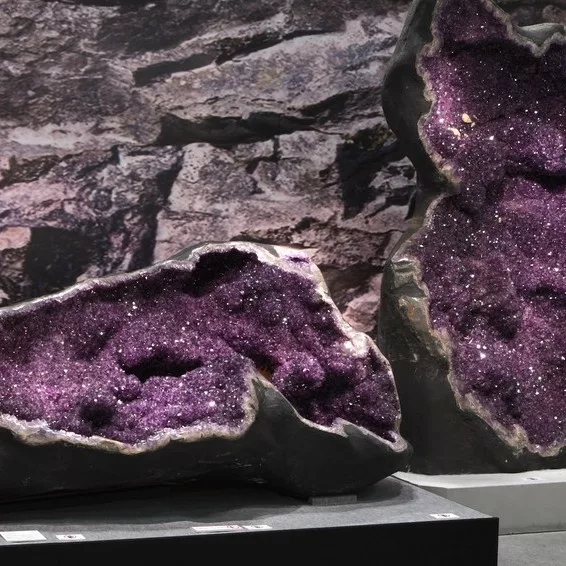Colour varieties of gems – where to set the boundary?
In theory it is simple: a gemstone is a mineral formed in nature by geological processes and, as such, it has a mineralogical name that is scientifically defined and accepted by the International Mineralogical Association (IMA) and its Commission of New Minerals, Nomenclature and Classification (CNMNC). In some cases, this mineral name is known and valued by the trade and consumers (e.g. diamond) and does not need further classification. However, for most coloured gemstones, things are much more complex, as most of them are known to consumers and the trade only by their variety names.
Generally, variety names are related to variations in chemical composition and colour of a mineral. Some variety names are well-known in literature since the advent of modern mineralogy in the 18th century (e.g. ruby, sapphire, emerald), whereas others have been introduced in the last few decades with the aim of making a new gem material more appealing in the market (e.g. tanzanite for vanadium-bearing variety of zoisite, tsavorite for vanadium-bearing variety of grossular garnet). In some cases, such variety names are also linked to external appearance, such as for example single crystalline quartz (e.g. rock crystal) and polycrystalline chalcedony. Although the classification of variety names often seems straightforward (e.g. emerald for the chromium-bearing green variety of beryl and aquamarine for the iron-bearing light blue variety of beryl), we need to remember that they are generally rather vaguely defined, especially when it comes down to separating different varieties of the same mineral from each other (Hughes 1994).
In this presentation, we would like to provide insight into the issue of classifying coloured gems into their respective varieties and present a number of case studies to illustrate the topic from a gemmological laboratory perspective.




